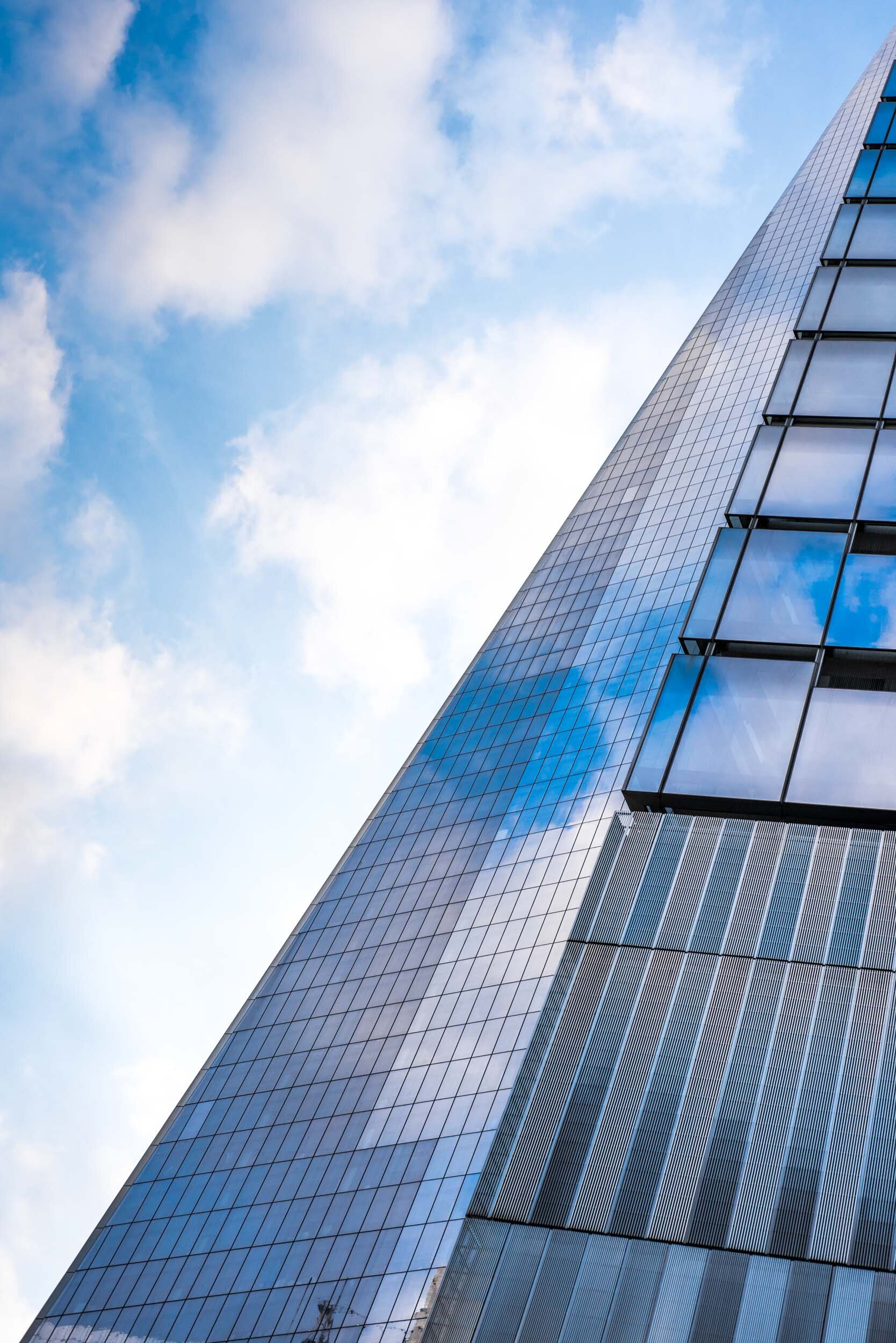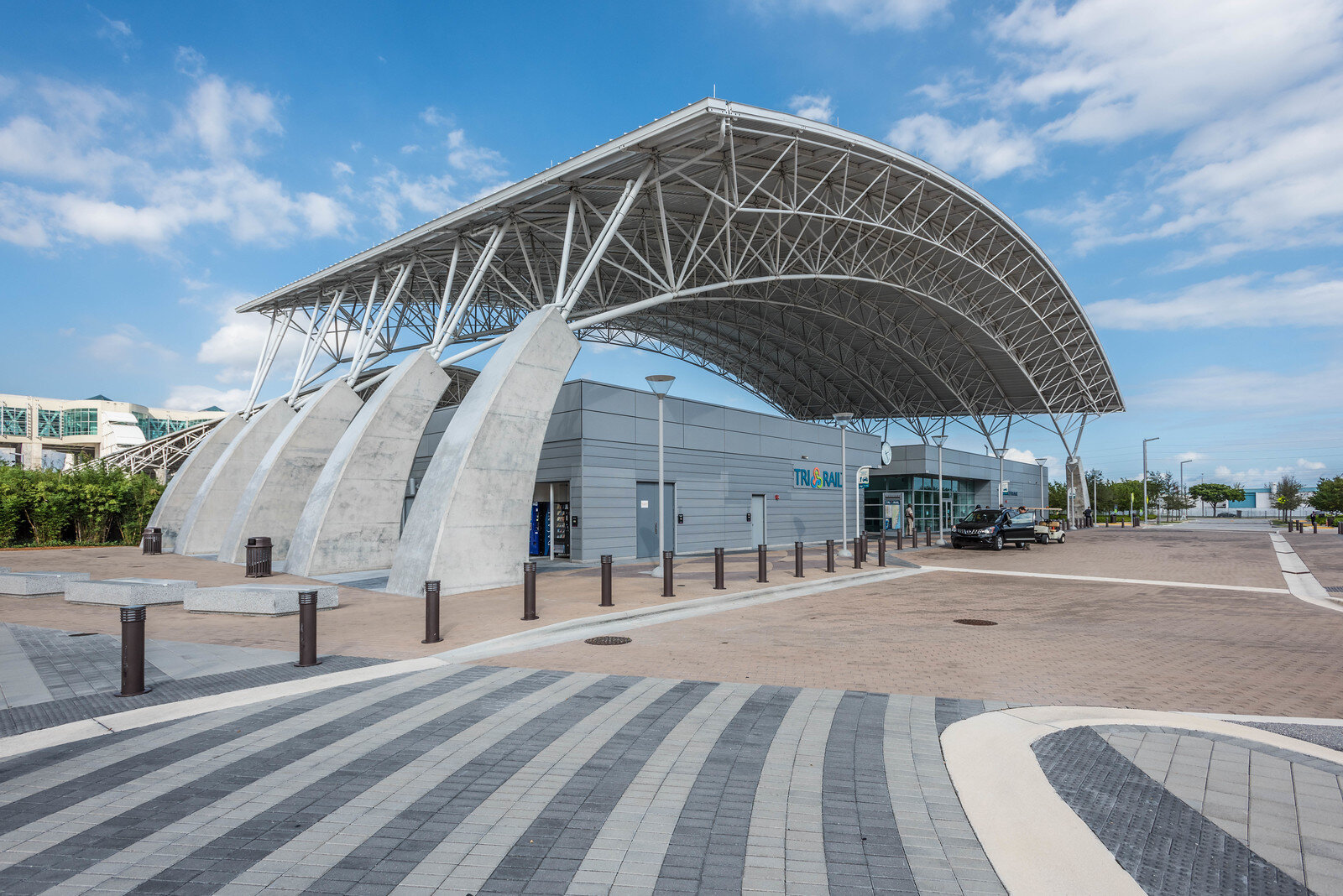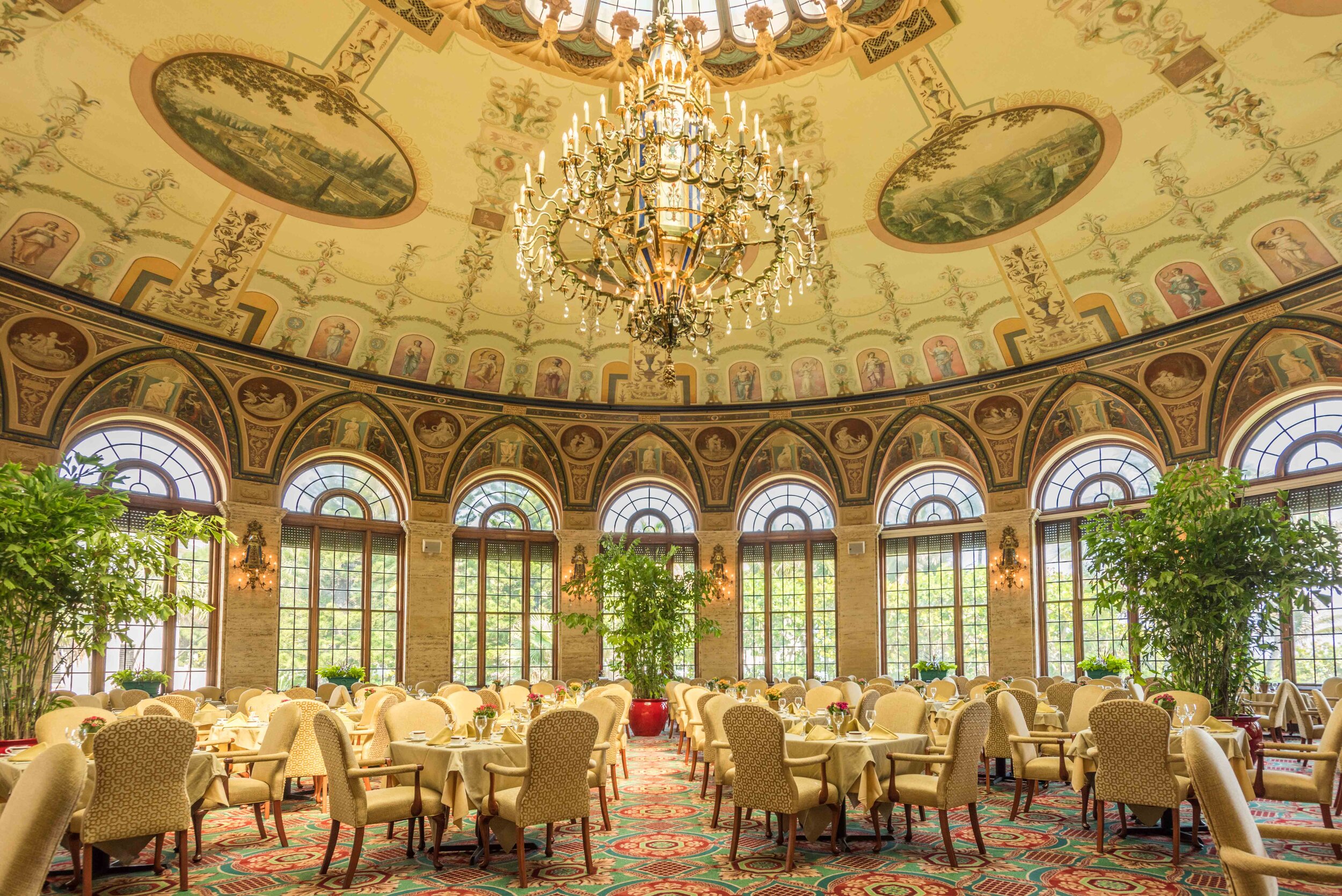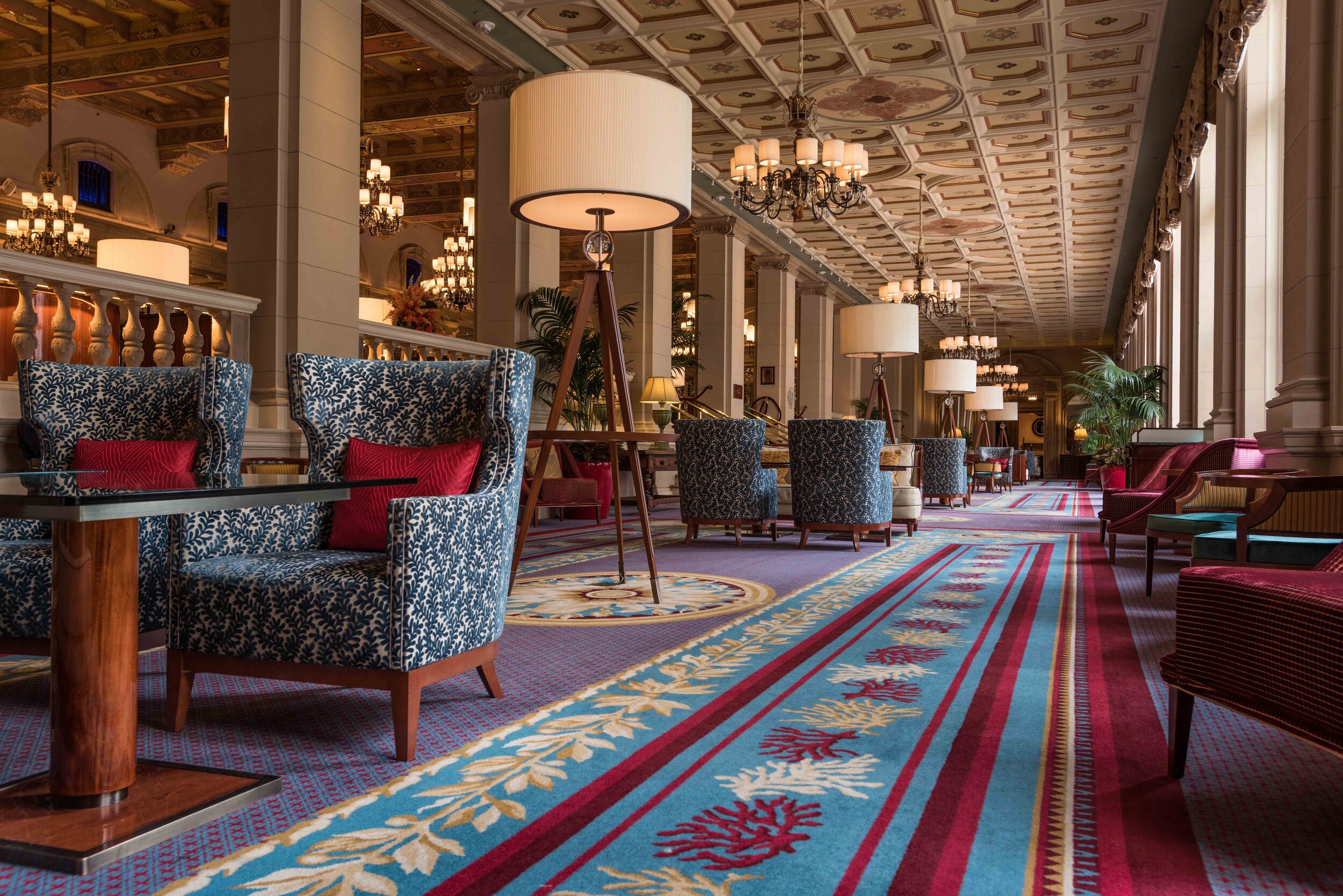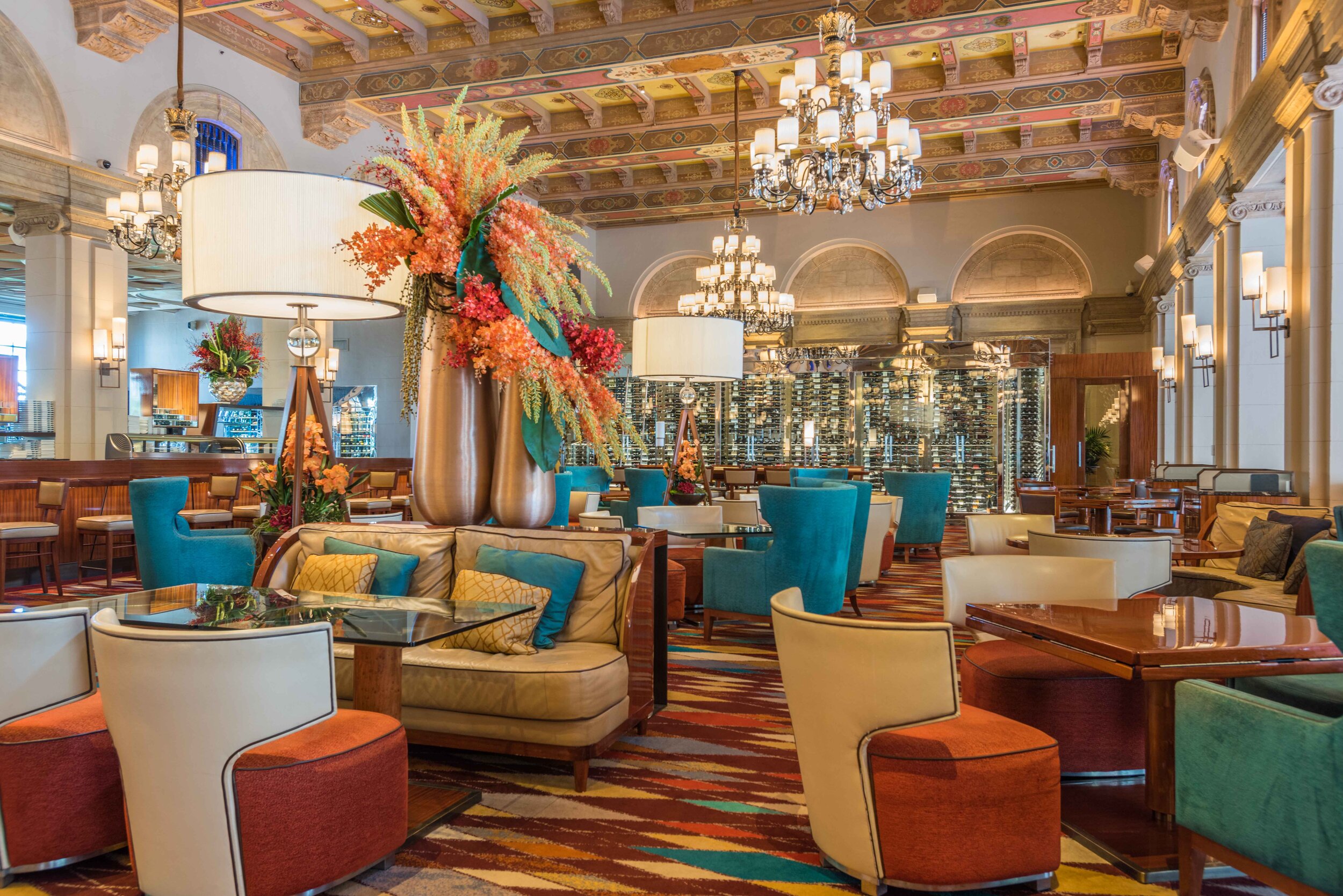The Architectural Photographer as Analyst: From Design to Representation
The photography of architecture is born of art itself. In fact, the genre of architecture painting was founded on the work of the Dutch masters as early as the 16th century. By the 19th century, representations of architecture had gained footing across most of Europe. With the advent of photography in the 1800’s, the art of capturing structures had a wide range of work from which to draw inspiration.
And as long as there have been artists, there have been students of art. Volumes have been written about what a piece of art means, what it symbolizes, the story it means to tell. In other words, students and critics of art have always sought to identify the artist’s intention. They read into the work and draw out the most salient details. The architectural photographer is much like the student. His task is to interpret the structure’s design.
After conversations with the architect and designers, the best architectural photographer will endeavor to “read” the structure and choose to photograph aspects that most reflect the architect’s intention.
Architectural Photographers Bring Narrative to Light
You may have heard about Monet’s series, The Four Times of Day, for which he painted the same structures in different light. Today, the best architectural photographers will choose to shoot at different times according to the aesthetics of the structure and even shoot different angles and details at different times to best highlight the narrative of the design. You might think of this narrative the same way you think of photographs: a structure is worth a thousand words.
A structure’s narrative may lie in its angles, context or design as a whole. The architectural photographer again interprets the structure, gleaning the sort of story it tells. What is the feeling of this architectural story? Is it a hero story, a moody thriller, science fiction? “Light determines the mood of a space and how people feel in it,” says veteran architectural photographer, Diego Cappella, “my job is to pick up that feeling and reflect it in the image.” Below, Cappella uses the bright light of day to accentuate a story of leisure, a day spent in luxurious sunshine.
Architecture Photography Considers Function
The architect’s first guideline is to design something beautiful that answers the needs of its function. Does the structure serve as an office building? If so, what sort of business might be conducted within? For instance, if the office building is meant to house a green energy company, the architect might choose to include not only office space but perhaps some interior or exterior green spaces.
But depicting function in an artful way can be difficult for photographers. Simply taking a photograph of an office shows the function but may fall flat when it comes to accentuating the beauty of the design. Below, international real estate and architectural photographer, Diego Cappella clearly shows the function of a room but uses the angle of his camera to accentuate the lines of the design. The end result is a photograph that clearly depicts function but does so artfully and in a way that inspires its audience.
Architectural Photographers Acknowledge Context
Every structure, whether by design or not, has a dialogue with its surroundings – whether that be a wide-open desert or an urban collection of sky-scrapers.
The best architectural photographers understand that context is a huge part of what inspires good design and seeks to capture the structure itself with some acknowledgment of the relationship between structure and environment.
Below are three photographs taken by Diego Cappella, each showing the architecture relating to the context in which it resides.
If the architectural or real estate photographer were to try to capture the design fully by including just the structure in the photograph, we would lose the context, thus losing a key element of design, one that includes the narrative, light, function, and other important details.
Architectural Photographs Accentuate Materials and Ornamentation
There are myriad considerations for architects and builders when it comes to the materials they use. Of course, sometimes it’s fairly obvious why certain choices are made. Steel is strong enough to support a tall building and adobe or rammed earth is a traditional insulating material used to combat the staggering summer heat of the Southwestern United States. But, like the structure itself, materials are an important piece of the narrative. In that sense, light is again a useful tool for the architectural photographer. Below is a photograph by Diego Cappella highlighting a towering glass structure. The glass reflects the sky, indicating size without relying on a straight shot of the building. This building was designed to reflect the buildings and context that surround it, and Cappella manages to illustrate that design intention by drawing attention to the chosen materials.
Materials dictate what kind of ornamentation complements the design. In the photograph above, the sleek look and cool mood of the structure would not be served well by much ornamentation. Still, Cappella successfully highlights the variation of size in the chosen material. This is an intentional pattern that serves as subtle ornamentation.
Sometimes the ornamentation itself is so intricate and liberally applied that it seems to be the building material itself. Below, Diego Capella does a masterful job of depicting just such a level ornamentation while maintaining the key information necessary to convey function and narrative.
The Best Architectural Photographer is Diego Cappella
The best architectural and real estate photographers not only interpret the architect’s or designer’s intention but also find artful ways to clarify that intention in photographic form. The architectural photographer’s job is similar to the occupation of a student of art. He strives to understand and examine the unique nature of every design, to read the narrative, and to present that story in a clear and accessible fashion.
Are you looking for an architectural photographer? Diego Cappella is a veteran commercial photographer and an award-winning industrial and architectural photographer. He has many satisfied clients, including architects, developers, and builders, all of whom trust him to convey their design intentions through photography. Call today to begin your process of discovery.





